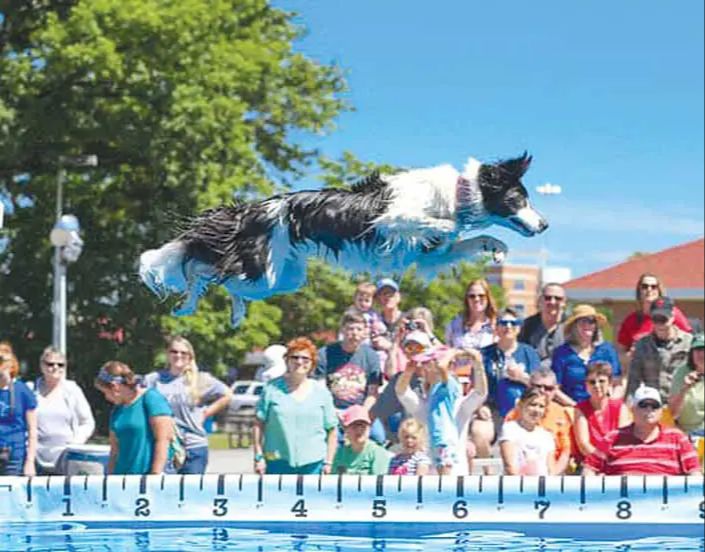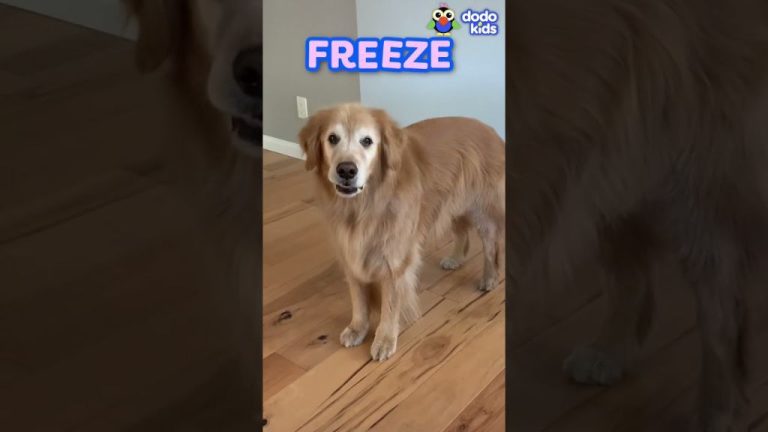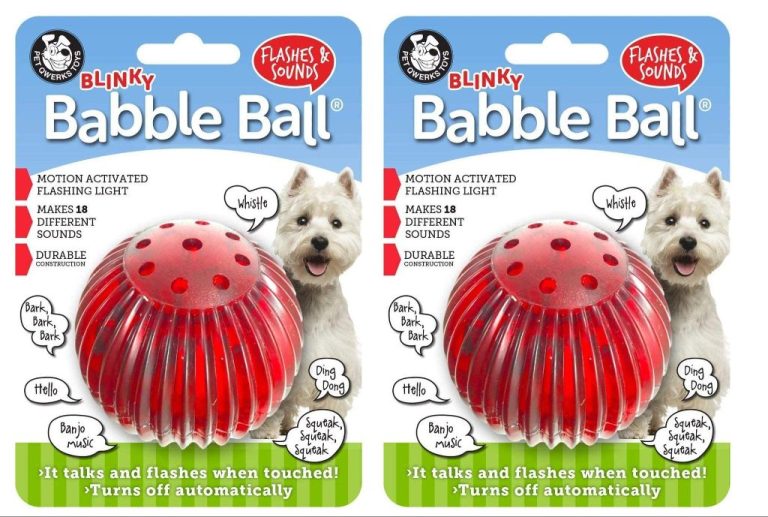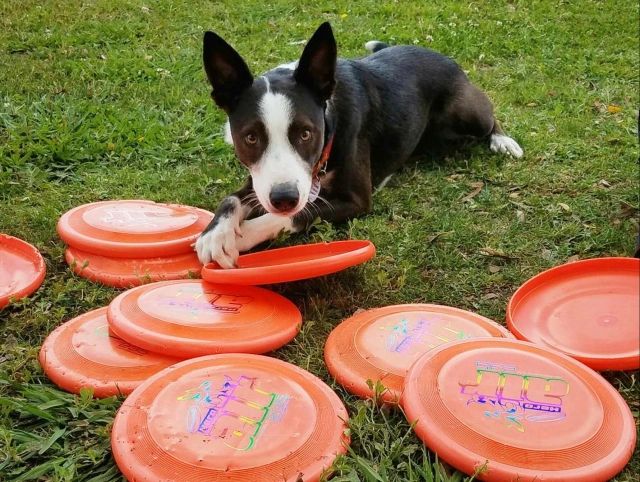Canine Gardening: Digging And Planting Fun
Canine gardening can be a fun and rewarding activity for both dogs and their owners. It provides dogs with mental stimulation as well as the satisfaction of digging in the dirt. For owners, involving their dogs in gardening tasks creates bonding time together while also tapping into the canine’s natural talents. Gardening with your dog encourages them to interact with nature and can provide health benefits such as exercise. This article will provide an overview of how to safely involve your dog in digging, planting, watering, harvesting, and other gardening tasks.
Preparing Your Yard
One of the most important steps in creating a dog-friendly garden is properly preparing your yard. This involves thinking about the layout, fencing, pathways, and materials that will keep your dog safe while still allowing them room to roam and play.
Fencing is crucial for containing your dog and protecting them from getting loose. Consider installing a tall, sturdy fence around your entire yard, using materials like wood, vinyl or chain link. Make sure there are no gaps where your dog could potentially squeeze through or under. You may also want to fence off gardens and landscaping so your dog doesn’t trample or dig in planted areas. How to Create a Dog-Friendly Yard.
Pay attention to yard layout when planning. Dogs love having open spaces to run around and play fetch. Create defined play areas with adequate shade and shelter. Pathways made of mulch, pea gravel or pavers allow your dog to comfortably navigate the yard without getting muddy paws. Consider easy-clean materials for high-traffic potty areas.
Prepare digging zones with sand or loose soil where your dog is allowed to dig. Providing appropriate digging areas can curb the urge to dig in your flower beds. You can also use plastic mesh or chicken wire partially buried in areas you want to protect from digging. Consider dog-friendly mulch and pea gravel as soft, natural materials for play zones. Preparing Your Yard for a New Dog.
Choosing Dog-Friendly Plants
When selecting plants for your dog-friendly garden, it’s important to choose options that are non-toxic and durable. Some of the best plants for dogs include:
Chinese Money Plant (Pilea peperomioides) – This low-maintenance plant thrives in bright, indirect light and is pet-friendly and non-toxic (https://www.architecturaldigest.com/story/pet-friendly-houseplants).
Spider Plant (Chlorophytum comosum) – With long, arching leaves, this hardy plant is easy to grow. It’s non-toxic for dogs and cats (https://www.rover.com/blog/10-safe-plants-dogs-can-add-almost-garden-right-now/).
Hoya Varieties – These vining plants produce clusters of waxy flowers. Most varieties are not toxic to pets and tolerate some neglect.
Herbs like rosemary, thyme, basil, parsley, dill, and mint are also good choices. They’re durable and great for dogs when used in moderation.
Focus on sturdy plants with non-toxic leaves and stems. Avoid thorny plants or delicate flowers which could irritate your dog or get crushed under paws.
Getting Your Dog Involved
Gardening with your dog can be a fun bonding activity for both of you. There are many ways to engage your pup in the gardening process so they can dig, smell, and play to their heart’s content.
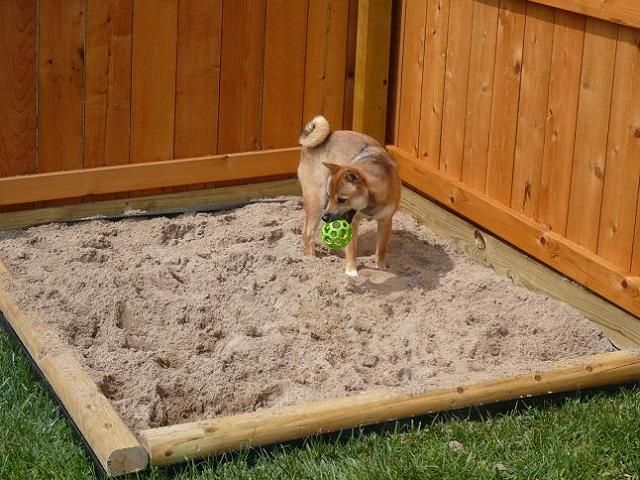
One fun activity is to create a “digging pit” filled with loose soil or sand where your dog is allowed to dig freely. Bury toys or treats in the dirt for them to uncover. You can also designate a corner of the yard just for your dog’s digging pleasures.
Let your dog “help” with planting by allowing them to sniff, lick or paw gently at seedlings as you place them in holes. Give them a used plastic pot to carry around or chew on. Dogs love having jobs to do in the garden!
Purchase dog-safe fertilizers and pest deterrents so your pup can safely water plants alongside you. Allow them to lay or roll on grass and dirt (supervised, of course!) to get their full sensory experience.
Take breaks to play fetch, letting your dog run off their energy. Always reward good behavior so they learn the garden is a fun place, not off-limits. With some simple precautions, gardening with your dog can be relaxing for both of you!
Digging 101
Dogs have a natural instinct to dig and there are benefits to allowing them to do so. Digging can be a great outlet for your dog’s energy and gives them something enjoyable and stimulating to do. However, you’ll want to direct their digging to avoid destruction of your garden.
Try designating an area of the yard just for your dog to dig in. Sandboxes make wonderful digging areas. You can even hide toys and treats in the sand to make it more rewarding for your pup to dig there. Be sure to give lots of praise when you see your dog digging in their designated spot. This will help reinforce that this is where they should be digging, rather than the rest of the yard.
It’s also important to provide plenty of exercise, playtime, and chewing toys to satisfy your dog’s natural urges. A tired, well-exercised dog is less likely to dig all over the yard. Take them on long walks, play fetch, or enroll in an agility or nosework class. The key is meeting their needs in an appropriate way.
For more tips, see these resources:
https://www.humanesociety.org/resources/how-get-your-dog-stop-digging
Planting With Your Pup
Letting your dog “help” with planting can be a fun way to get them involved in gardening. Choose hardy plants like herbs or vegetables that can withstand some digging and moving. Make sure to provide supervision, and only allow digging in designated areas. Have your dog sit and stay while you dig holes, then let them “help” by dropping seeds or small starter plants in the holes and covering them with soil. Praise your pup for being gentle and careful with the plants. Some dogs may try to eat the plants or seeds, so monitor them closely. Pet-friendly herbs like parsley, basil, mint, and catnip can be good starter plants. Just avoid toxic varieties like azaleas, oleander and foxglove. Keep your dog on a leash so they don’t run through the garden beds. Letting them dig in designated “digging spots” can satisfy their natural instincts. Gardening together promotes bonding and provides mental stimulation. Just be patient, provide plenty of praise and make it a positive experience.
Source: https://www.newsweek.com/dog-helps-woman-gardening-adorable-viral-video-tiktok-1602458
Watering and Maintenance
Proper watering is essential for keeping your dog-friendly garden healthy. Aim to water plants deeply and infrequently rather than frequent light waterings. Check the moisture of the top few inches of soil before watering and water when it begins to feel dry. Early morning is the best time to water, as it allows the water to soak in before the day’s heat causes evaporation. Avoid overhead watering that wets plant leaves, as this can encourage fungal diseases. Consider installing drip irrigation or soaker hoses to target water directly to plant roots.
Be diligent about pulling weeds, as they compete with plants for water and nutrients. Apply organic mulch like wood chips or bark around plants to suppress weeds and retain moisture. Prune spent flowers and dead or damaged foliage to encourage new growth. Monitor plants for pests or diseases and take action if needed. Fertilize plants according to package directions to maintain optimal health and vigor.
Check for hazards in your garden that could injure your dog, like sharp sticks or toxic plants, and remove them. Scoop dog waste daily so it doesn’t contaminate the soil. Consider fencing off newly planted areas until plants become established. With attentive care and maintenance, your garden can flourish with your furry gardening buddy by your side.
Harvesting and Enjoying
Watching your dog enjoy the fruits and vegetables they helped cultivate can be very rewarding! It’s important to check what is safe for dogs to eat before letting them sample the garden’s bounty.
For instance, dogs can safely enjoy many fruits like apples (minus the seeds and core), bananas, blueberries, raspberries, and strawberries [1]. Veggies like carrots, sweet potatoes, pumpkin, green beans and broccoli are also dog-safe[2]. Wash and prep your dog’s portion just as you would your own, cutting any inedible parts and pieces into safe bite sizes.
Let your dog munch on the harvest straight from the source for some added fun. Hand-feed them a few blueberries right off the bush or let them nibble on a carrot straight out of the garden. Not only do they earn these treats through their gardening help, but this adds enrichment to their day.
With supervision and common sense, enjoying the edible rewards of gardening together can make for lasting happy memories with your pup.
Troubleshooting Challenges
While gardening with your dog can be fun and rewarding for both of you, there are some common issues that may come up. Here are some solutions for troubleshooting common challenges:
Trampled or damaged plants – One of the most common issues is your dog trampling or digging up plants. To prevent this, use fencing or barriers around delicate plants. You can also designate a “dog zone” with hardy, dog-friendly plants they are allowed to dig in. Reinforce good behaviors like staying on paths and not digging with treats and praise.
Eating plants – Some dogs have a habit of munching on plants and flowers. Only grow non-toxic dog-safe plants, or use fencing to block access. Train your dog using positive reinforcement not to eat plants and redirect to appropriate chew toys. Bitter apple sprays can also deter plant chewing.
Getting into fertilizers or chemicals – Make sure all garden chemicals and fertilizers are safely stored out of your dog’s reach. Use organic options when possible. Fence off freshly treated areas until products have dried.
Escape attempts – Some dogs may try to tunnel under or jump over fences to access the garden alone. Use solid fencing they can’t squeeze under or wire fencing with a roller bar to prevent climbing. Supervise your dog during garden time.
Potty accidents – With all that digging and playing, your dog may get confused and potty in the garden. Be sure to take bathroom breaks. Limit access if pottying becomes a habit. Use enzymatic cleaners to fully remove smells from any soiled areas.
Final Tips
When gardening with your dog, the most important things are to be patient, set your dog up for success, and make it a fun activity for everyone involved. Here are some final tips to wrap up:
Provide plenty of praise and treats when your dog follows directions or exhibits calm behavior in the garden. This positive reinforcement will help them learn faster (BHG, 2022).
Start slowly if your dog is excitable or new to the garden. Short, structured sessions will prevent overstimulation. You can gradually increase freedom as they demonstrate good behavior.
Consider a designated digging area filled with soft soil where your dog is allowed to dig to their heart’s content. This provides an appropriate outlet for natural behaviors.
On very hot days, be mindful of paw health. Walking on hot surfaces can burn sensitive paw pads. Provide a water station for cooling off and paw rinses.
Keep an eye out for foxtails, thorns, sticks, or other debris that could become embedded in paws or skin. Check paws regularly and remove anything embedded.
Make sure your dog is up-to-date on vaccinations and preventatives before exposing them to new plants, soil, fertilizers or pesticides in the garden.
Most importantly, have fun making memories together in the garden! It’s a great opportunity for bonding and enrichment.

